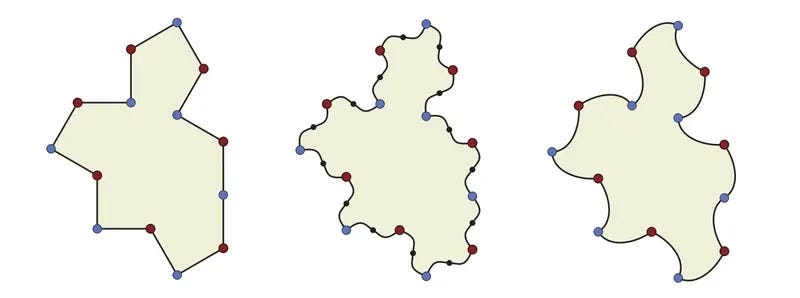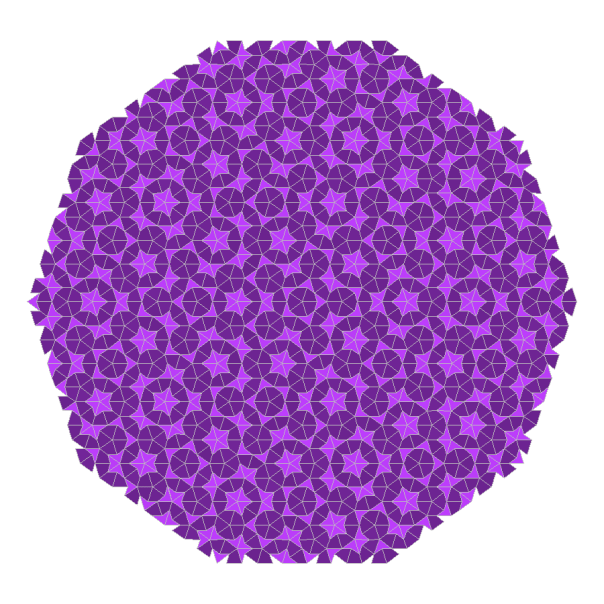Astonishing Mathematical Discoveries: The Shape That Stunned Experts
Written on
Chapter 1: The Breakthrough of David Smith
David Smith has recently made headlines in the mathematical world by unveiling a shape that has answered a puzzling question that has lingered for over 50 years. Let’s take a closer look at his extraordinary findings.
David, a 64-year-old retired print technician from Yorkshire, England, enjoys various hobbies, one of which is tessellating shapes—a pastime he finds both captivating and soothing. In the past few months, his findings have left mathematicians in awe.
In November of the previous year, Smith introduced a unique 13-sided shape he named "the hat." This remarkable shape is the first of its kind that can cover an infinitely large flat surface without repetition. Mathematicians refer to this shape as an aperiodic monotile, or einstein, where "aperiodic" indicates a non-repeating pattern, and "monotile" signifies a single tile or shape. The term "einstein" derives from German, combining "ein" (one) and "stein" (stone).
Just last month, Smith and three colleagues unveiled another astounding development. They confirmed the existence of Smith's einstein shape and introduced a new variant known as "the spectre," which evolved from the hat.
The spectre shares similar straight-line properties with the hat, but when employing curved edges, it forms a distinct shape that can be tiled aperiodically without the need for mirroring. The researchers have dubbed this a "strictly chiral aperiodic monotile," or more simply, a "non-reflective einstein."
Below, you can see the hat on the left and the spectre on the right.

Understanding the History of Einstein Shapes
In the mid-20th century, mathematicians began investigating tessellations—filling a surface with repeated geometric shapes without gaps. In 1961, Hao Wang, a Chinese-Swedish mathematician, posed a critical question: Is it possible to tile a plane without forming a periodic pattern?
In 1966, Robert Berger argued that determining whether a specific set of tile shapes could tile the plane periodically was undecidable, claiming that no general algorithm could resolve the issue.
However, in 1974, British mathematician and physicist Roger Penrose made a groundbreaking discovery by identifying two shapes that could tile a plane aperiodically. The image below illustrates this creation using only kites and darts.

Penrose's work significantly impacted mathematics, demonstrating the feasibility of aperiodic patterns. Yet, the question remained: Could a single shape generate an infinitely long, non-repeating pattern?
Fast forward to today, where David Smith has successfully shown that aperiodic patterns can indeed arise from a single shape. While it may not seem extraordinary to those outside the mathematical realm, this finding is crucial for mathematicians as it resolves a problem that has persisted for over six decades, paving the way for more complex and intriguing patterns.
You can explore their research paper here.
Chapter 2: Educational Insights
In this video, "Math 8 1 1 Homework Help Morgan," viewers can gain insights into the world of mathematics and the importance of understanding complex shapes.
The video "OUR Algebra 1 - Unit 2 Lesson 1 - Piggies and Pools" offers an engaging approach to algebraic concepts, complementing our exploration of mathematical patterns and shapes.